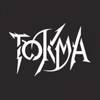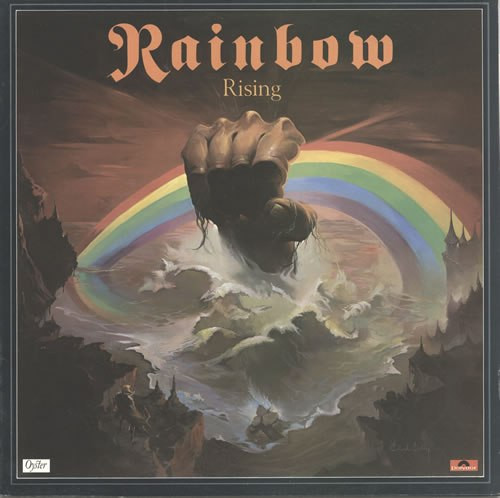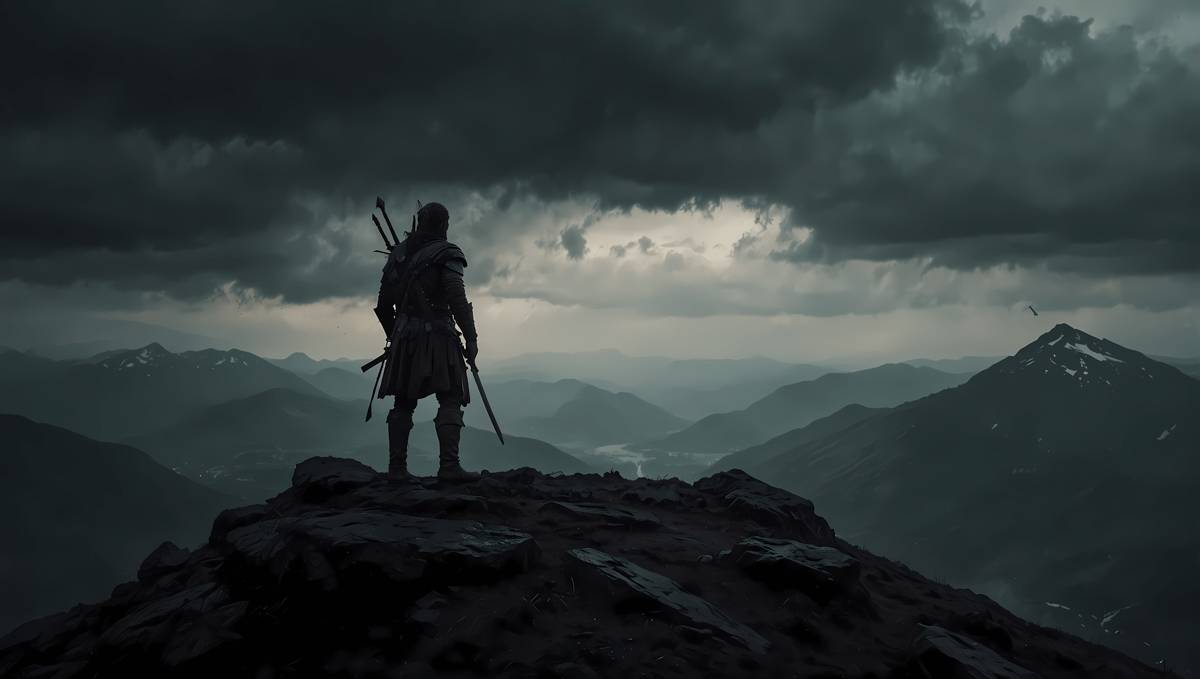„Run With the Wolf“ is the second track on Rainbow’s 1976 album Rising, a record that helped shape the sound of epic heavy metal. Featuring Ritchie Blackmore (guitar) and Ronnie James Dio (vocals), the song delivers a darker, more primal energy compared to the mystical opener „Tarot Woman“.
The lyrics of „Run With the Wolf“ explore the themes of transformation, fate, and the struggle between man and beast, possibly drawing from werewolf folklore or a metaphorical descent into savagery. The song hints at a supernatural force taking control, with the protagonist caught in its grip. Dio’s dramatic delivery and Blackmore’s heavy, churning riffing create a powerful atmosphere of darkness and inevitability.
Musically, the song leans into bluesy, doom-laden hard rock, with a slow, stalking rhythm that mirrors a predator on the hunt. This pacing reinforces the theme of being drawn into something wild, uncontrollable, and inescapable.
Overview
At its core, „Run With the Wolf“ explores:
- A protagonist caught in the grasp of a supernatural transformation, likely into a wolf or beast-like creature.
- Themes of destiny, the loss of control, and the call of the wild.
- The eternal battle between man’s civilized self and his primal instincts.
- A slow-building tension that mirrors the creeping realization of fate.
Narrative Structure & Themes
1. The Omen and the Transformation (Introduction & Premonition)
- The song opens with a sense of foreboding:
„In the light of the morning / Can see the old horn / On the hill, as it calls me“
- The mention of an „old horn“ suggests a signal summoning the protagonist, possibly to a hunt or to his own transformation.
- The „light of the morning“ contrasts with the darkness that follows, symbolizing the shift from human consciousness to something primal.
- Themes: Fate, supernatural forces, the inevitability of transformation.
2. The Descent into the Beast (The Struggle Against the Inevitable)
- The protagonist begins to feel the overwhelming pull of the wild:
„For the power of the beast / As he calls my name“
- Here, the “beast” could be a literal werewolf, a demonic force, or the wild instincts taking over.
- „Calls my name“ suggests the protagonist is being chosen or claimed.
- Themes: Loss of control, fate, primal instincts vs. humanity.
3. The Moment of No Return (Submission to the Change)
- The protagonist fights but ultimately cannot resist the transformation:
„You can run with the wolf / Oh, you cry“
- This line marks the acceptance of fate—the protagonist is no longer human but part of the beast’s world.
- The crying could symbolize the agony of losing his humanity or the exhilaration of becoming something more powerful.
- Themes: Surrender to fate, the duality of pain and power.
4. The Power of the Beast (Realization of Strength & Doom)
- Now, the protagonist fully embraces the transformation, but at what cost?
„And the wind blows cold / And the sun don’t shine“
- This imagery reinforces a shift from light to darkness, from order to chaos.
- The transformation has brought power, but also loneliness and doom.
- Themes: Isolation, supernatural strength, loss of self.
Themes & Symbolism
1. The Beast Within (Werewolf or Primal Instincts?)
- The lyrics strongly suggest a werewolf transformation, but also work metaphorically for:
- Giving in to dark desires or violent instincts.
- Losing control to addiction, rage, or destiny.
- The internal battle between civilization and savagery.
2. Fate & the Call of the Wild
- The protagonist is helpless against the forces pulling him into the beast’s domain.
- This reflects a classic Dio theme: fighting against fate but being unable to escape it.
3. Power vs. Damnation
- The song suggests that becoming the beast brings strength but also isolation and suffering.
- This echoes themes in later Dio songs like „The Last in Line“ and „Holy Diver“—power is never without consequence.
Musical & Emotional Impact
1. Slow, Stalking Riff & Ominous Atmosphere
- The song’s mid-paced, grinding riff mirrors the heavy footsteps of a predator, reinforcing the transformation theme.
- The dark, blues-infused tone creates a sense of dread, making the listener feel the weight of fate pressing down.
2. Dio’s Commanding Vocal Delivery
- Dio’s powerful yet melancholic voice conveys both the agony of transformation and the thrill of new power.
- His ability to shift between storytelling and raw emotion enhances the song’s mythological weight.
3. The Open-Ended Conclusion
- The song does not offer resolution—has the protagonist become the wolf permanently? Can he ever return?
- This ambiguity leaves the listener trapped in the same fate as the protagonist—haunted by the question of what happens next.
Legacy & Influence
- „Run With the Wolf“ remains one of Rainbow’s most overlooked masterpieces, overshadowed by the more famous tracks from Rising but highly respected by Dio-era fans.
- The song’s themes of transformation and power-with-a-price heavily influenced later metal bands, especially in power metal and doom metal.
- Its blend of bluesy heaviness and mythic storytelling laid the groundwork for future epics by Dio, Iron Maiden, and Manowar.
Final Verdict
„Run With the Wolf“ is a powerful, brooding track that explores the eternal battle between man and beast, fate and free will.
Through cryptic yet evocative lyrics, Dio weaves a tale of transformation, destiny, and the price of power. The slow, predatory riffing and ominous tone make this one of Rainbow’s darkest, most atmospheric songs.
It’s a hidden gem from Rising, proving that Rainbow was more than just fantasy epics—they could also tap into primal, doom-laden storytelling that would later define heavy metal’s darker side.



